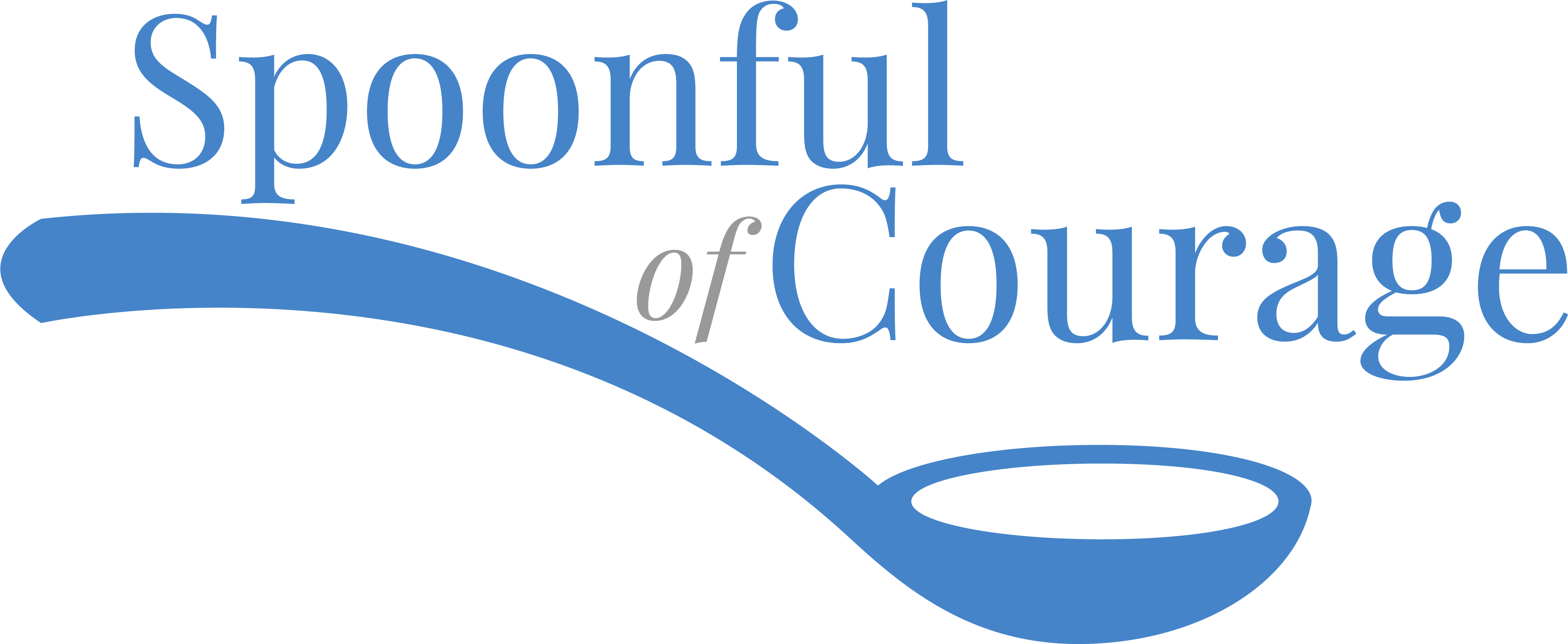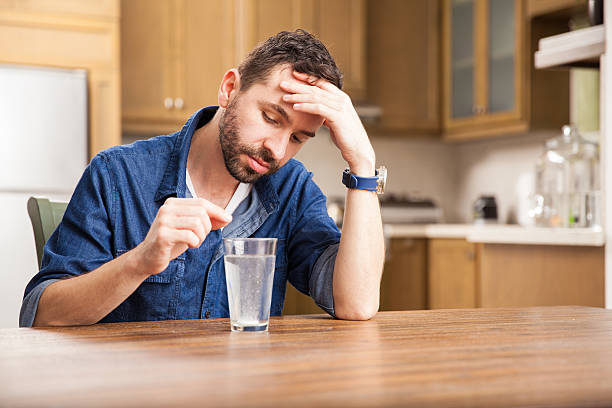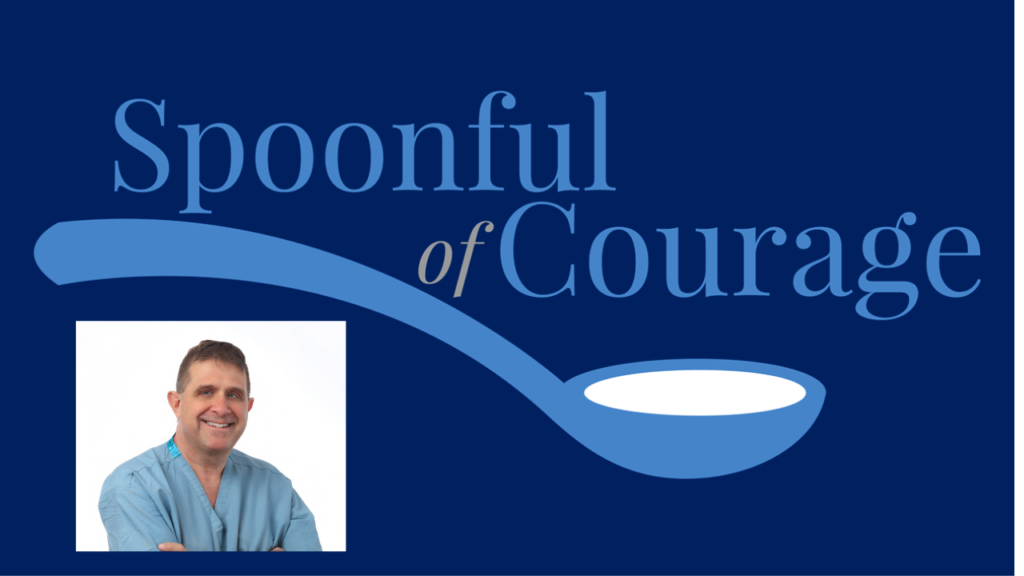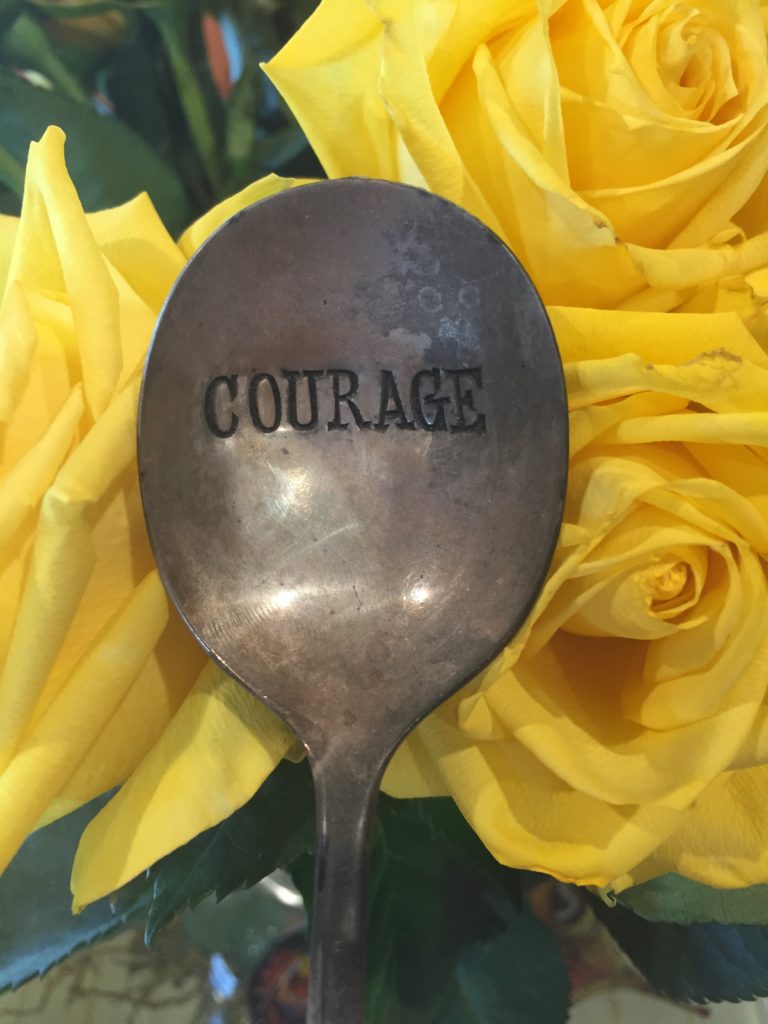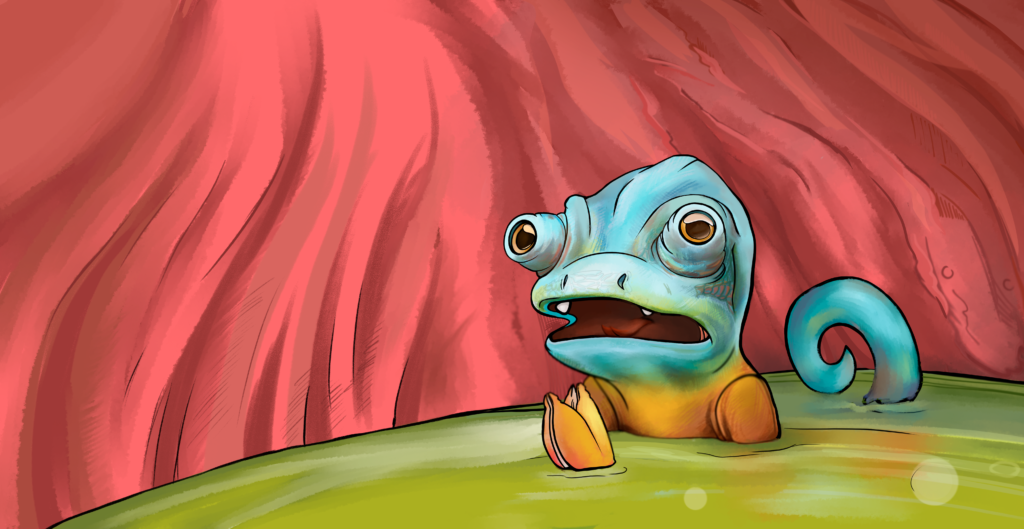In this video, Dr. Chuck talks about gastroesophageal reflux disease (GERD) signs and symptoms and what you can do to treat it.
Gastroesophageal Reflux Disease (GERD)
Here’s what you need to know about heartburn, and in this segment of Spoonful of Courage, I want to give you three things you can do to help that burning feeling in your chest. I’m Dr. Page, the best guy to see on the worst day of your life.
Did you know? Almost one third of Americans suffer with reflux. The incidence is rising, especially in the younger population. GERD occurs when acid from your stomach leaks into your lower esophagus. Thus the name gastroesophageal reflux. The thin lining of your esophagus wasn’t made for acid, and when fluid from your stomach ascends into the esophagus, the acid literally burns the lining of your esophagus. That’s why they call it heartburn. If you’re having these burning symptoms, see your practitioner. Remember, there are some other things which you need to rule out, like angina pectoris or pre-heart attack symptoms or gallbladder symptoms. All these are two common maladies which can also mimic heartburn.
So what causes GERD and why is acid reflux on the rise?
The answer is really pretty simple. For most people, it’s that spare tire around your tummy. We’re seeing more reflux these days because the population in general is getting heavier. Belly fat increases the pressure inside your tummy, leaving less space for fluids. This increased abdominal pressure also opens the muscular valve which sits in between your esophagus and stomach.
So here’s tip number one, you’ve got to develop a plan to lose some weight.
The second step begins with minimizing your caffeine intake. Coffee and tea are not the only culprit. Chocolates and peppermint and some medications have the same effect. These things weaken the muscular valve that protects your esophagus from caustic stomach fluid. Remember, caffeine lasts about six hours in your system. So, if you’re a big coffee drinker like me, you’ve got to stop those afternoon cups of caffeine, or if you drink tea at night, you may be setting yourself up for nighttime reflux symptoms. Caffeine and other products open your valve, the lower esophageal sphincter. So when you go to sleep, acid reflux is back up into your esophagus.
That brings us to the third thing you need to know about GERD. Most folks have symptoms at night when they lay down. When your body is flat, stomach fluid goes the path of least resistance: up. So one simple way to counteract this is to elevate your bed, keeping your body flat. If you bend with a wedge or pillows, you apply more pressure on your stomach. In some cases, bending makes reflux symptoms worse.
So here's three basic things that you can do which will help with acid reflux:
1.) Work on your weight.
2.) Minimize caffeine intake, especially six hours before bedtime.
3.) Put some bricks or boards underneath the headboard of your body. Let gravity work for you instead of against you.
Now here’s something that’s going to take some courage, try drinking your coffee black. All that cream and milk adds lots of calories to your daily intake. That cream or milk may be adding six or seven hundred calories to your intake per day. Especially, once again, if you’re coffeholic like me. The same goes with sweet tea, think about it.
I’m Dr. Page and thanks for being with us on Spoonful of Courage.
For even more information on gastroesophageal reflux disease (GERD) from Dr. Chuck, click the button below for more videos
For more devotionals with Dr. Chuck, register by clicking the button below.
For more Spoonfuls of Courage, check out Dr. Chuck’s show Spoonful of Courage TV or buy the books A Spoonful of Courage for the Sick and Suffering: Transforming Your Greatest Challenges into Your Biggest Blessings and Spoonful of Courage: Equations to Find Grace in Life’s Challenges on Amazon.
